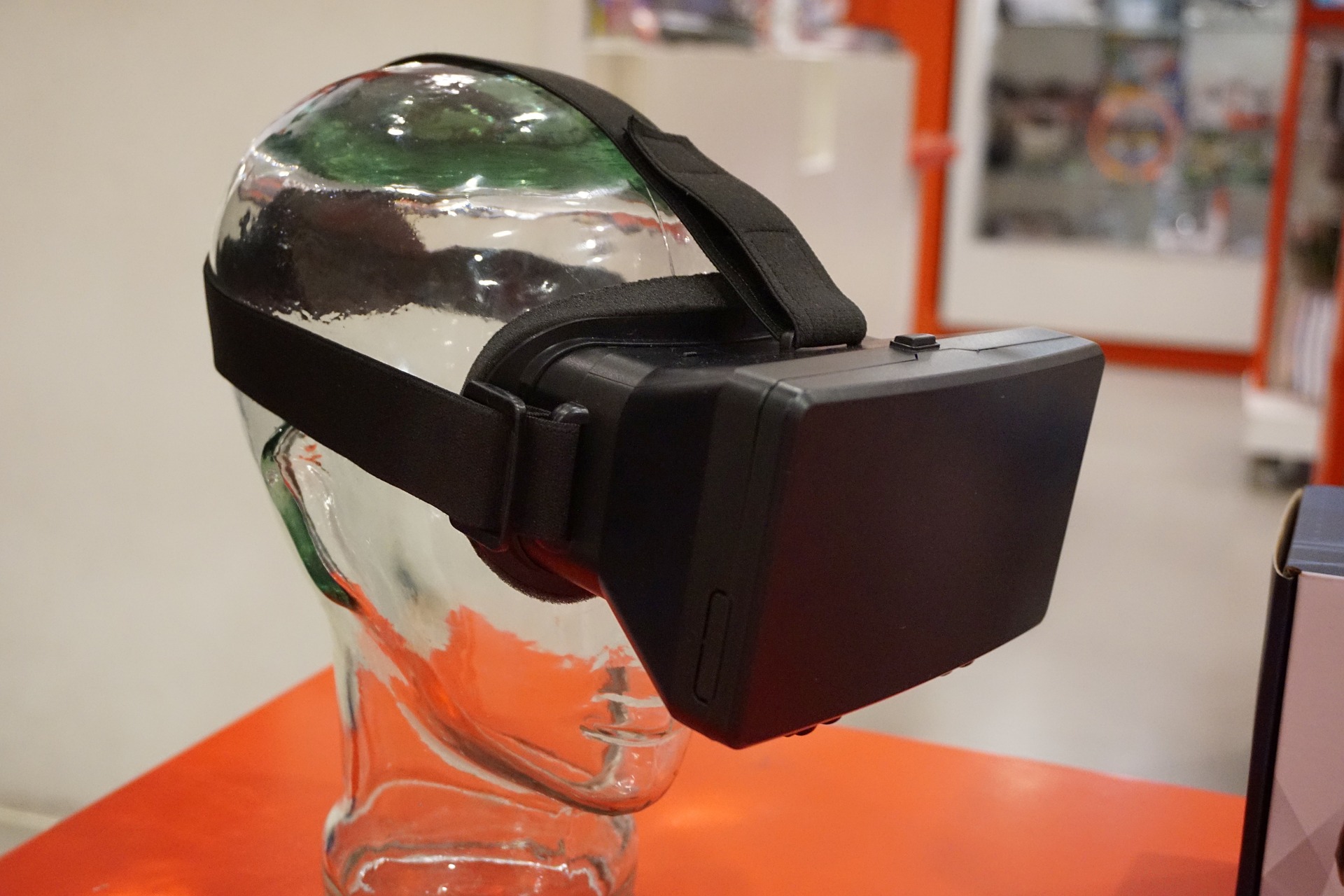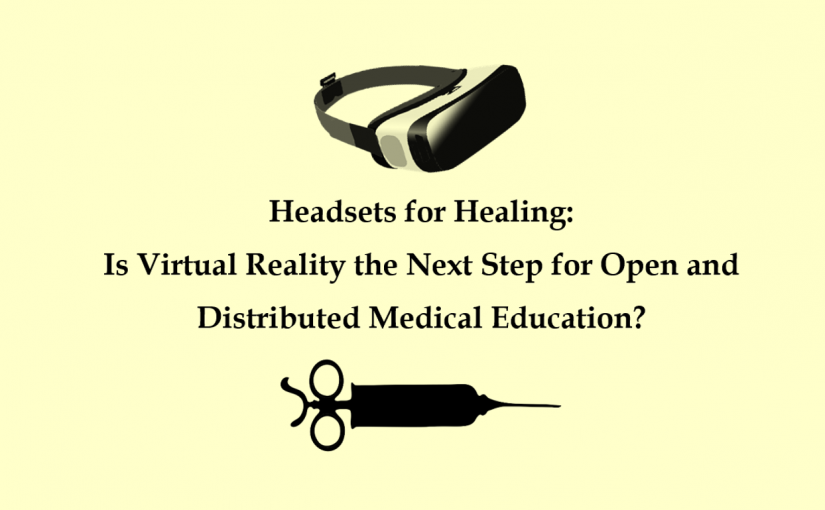There are three criteria to consider when accommodating students’ needs: student demographics, student learning styles, and access (Bates, 2019). With future shifts towards open and distributed learning in medical education, there will be a shift towards broader, more inclusive student demographics. This will hopefully yield a representative cross section of the Canadian population including learners from lower socioeconomic classes and rural areas. The range of learners may include pupils with varying academic backgrounds and levels of English fluency. Since VR provides an audiovisual experience, its use can provide an immersive educational experience to all learners despite these differences. VR is especially effective for students whose learning preferences are suited to visual, auditory or kinesthetic learning experiences (Chandrasekera, & Yoon, 2018).
Student access is the most significant limiting factor when considering VR in educational settings. Learner access to VR technology depends partially on hardware sine VR requires headsets. The prices of VR headsets are described in the “Cost” section of this review. Another barrier in accessibility is the visually dependent nature of VR learning. Students who are vision impaired may not benefit from VR simulations. According to one article by technology writer Brittany A. Roston, VR users who wear glasses may face visual challenges or discomfort when using VR headsets (Roston, 2016).

Navigation
- Introduction
- How is VR Currently Used in Medical Education?
- Students
- Ease of Use
- Cost
- Teaching
- Interaction
- Organizational Issues
- Novelty and Networking
- Security and Privacy
- Conclusion and Question
- References and Attribution
License
This work is licensed under Creative Commons (CC) Attribution 4.0 International

